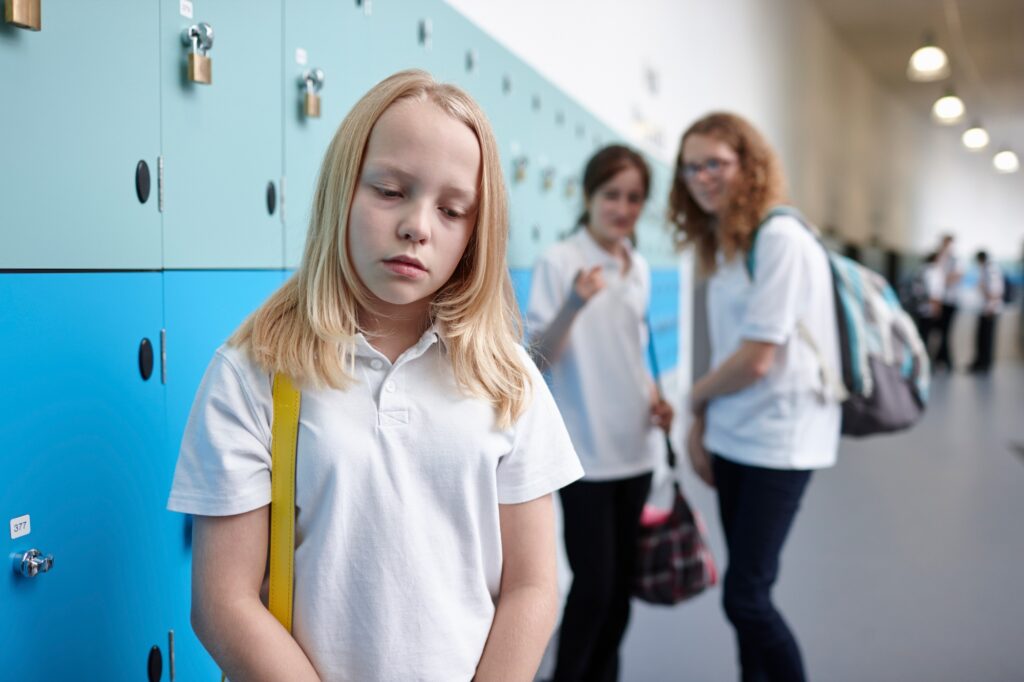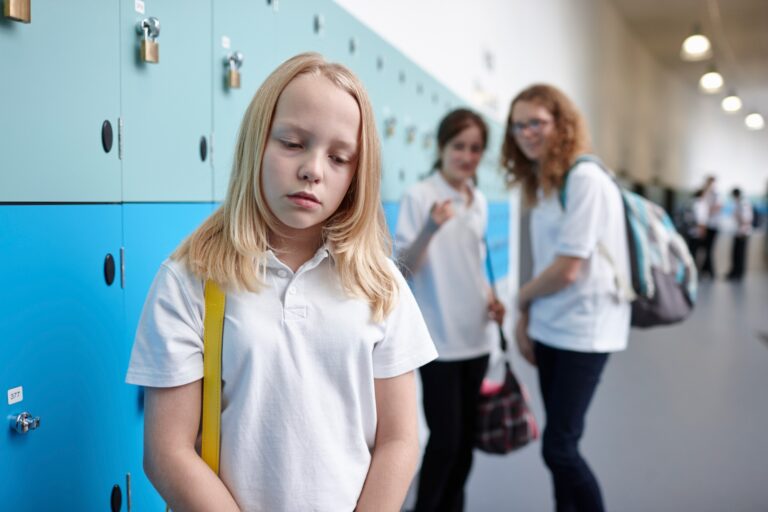Peer pressure is a reality that nearly every student faces at some point in their academic journey. While peers can influence students positively—encouraging them to try new activities or work harder—negative peer pressure can lead to risky behaviors or poor decision-making. At Paltutors, we believe that equipping students with the tools to handle peer pressure is essential for their academic and personal success. This blog explores what peer pressure is, its impact, and how parents, tutors, and students can work together to navigate it effectively.

Understanding Peer Pressure:
Peer pressure is the influence individuals feel from people of a similar age group to conform to certain behaviors, attitudes, or choices. It’s often associated with adolescence, a time when young people are developing their sense of identity and independence.
Types of Peer Pressure:
- Positive Peer Pressure: Encouragement to adopt healthy habits, such as studying harder or joining extracurricular activities.
- Negative Peer Pressure: Pressure to engage in harmful or risky behaviors, such as skipping school, trying drugs, or bullying others.
While positive peer pressure can be a powerful motivator, negative peer pressure can lead to consequences that affect a student’s mental health, academic performance, and relationships.
Why Peer Pressure is a Challenge:
Adolescents are especially susceptible to peer pressure because of their desire to fit in and be accepted. Here’s how it can impact students:
- Pressure to conform to social groups might lead students to neglect their studies or skip classes.
- Constantly trying to fit in can result in stress, anxiety, or low self-esteem.
- Students may experiment with actions they know are wrong, such as cheating, lying, or breaking rules.
How Paltutors Supports Students in Managing Peer Pressure:
As educators and mentors, we are committed to helping students build confidence and make positive choices. Here’s how Paltutors integrates peer pressure awareness into our approach:
1. Building Self-Confidence
- We encourage students to focus on their strengths and unique abilities. A confident student is less likely to feel the need to conform to negative influences.
- Interactive Activities: We help students learn to voice their opinions and stand up for themselves through group projects and discussions.
2. Encouraging Critical Thinking
- Tutors guide students to think critically about their choices and the potential consequences of their actions.
- By presenting real-life scenarios during lessons, we help students practice decision-making in a safe environment.
3. Promoting Positive Peer Groups
- Paltutors fosters a supportive learning environment where students can collaborate and form healthy, uplifting relationships.
- Group tutoring sessions often become a platform for students to inspire one another positively.
Tips for Parents:
Parents are a vital part of helping students navigate peer pressure. Here are some tips to support your child:
- Create a safe space where your child feels comfortable sharing their thoughts and experiences.
- Reinforce family values and help your child understand the importance of standing by them.
- Get to know your child’s friends and encourage them to spend time with peers who inspire positive behaviour.
- Practice responses to peer pressure with your child so they feel prepared to say no when necessary.
Tips for Students:
As a student, you have the power to take control of your choices and influence others positively. Here’s how you can manage peer pressure:
- Practice polite but firm ways to decline activities that go against your values or goals.
- Choose friends who support your goals and share similar values.
- Remember that being unique is a strength, not a weakness.
- If you feel overwhelmed, talk to a parent, tutor, or trusted friend for advice.
How Tutors Can Help:
Tutors play a unique role in helping students navigate peer pressure:
- Look out for changes in behaviour, mood, or academic performance that may indicate a student is facing peer pressure.
- Demonstrate and reinforce positive behaviours during lessons.
- Empower students to lead group activities and inspire confidence in their ability to make independent decisions.
Final Thoughts
Peer pressure is a natural part of growing up, but with the right tools and support, students can learn to navigate it confidently and make choices that align with their goals and values. At Paltutors, we are committed to providing students with a safe, supportive environment to help them build resilience and thrive in school and life.
If you have concerns about how peer pressure might be affecting your child or want to learn more about fostering positive decision-making, feel free to reach out to the Paltutors team. Together, we can help students rise above challenges and achieve their full potential.
At PalTutors, your questions, feedback, and insights matter. Whether you’re a parent eager to see your child thrive, a student with specific academic queries, or simply someone interested in our programs, we’re here to help. Our dedicated team in Milton Keynes is always ready to assist you. Don’t hesitate to reach out; together, we can shape a brighter academic future.
Send Message
Don’t hesitate to reach out; we can shape a brighter academic future together.



